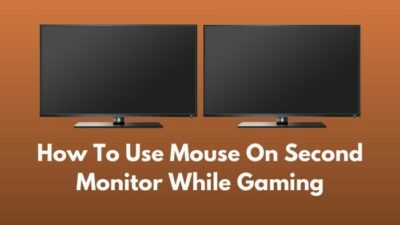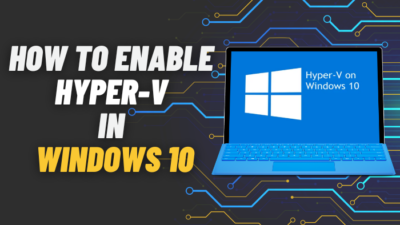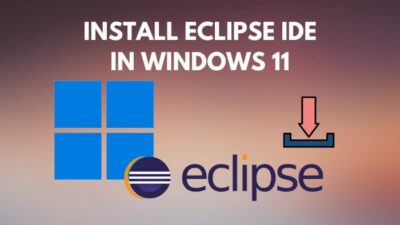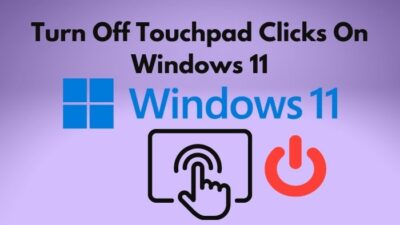Are you still waiting for the Windows 11 update? Are you wondering whether your PC is compatible with Windows 11? Don’t worry, all the information you need is right here in this article.
Can I check if my PC is compatible with Windows 11?
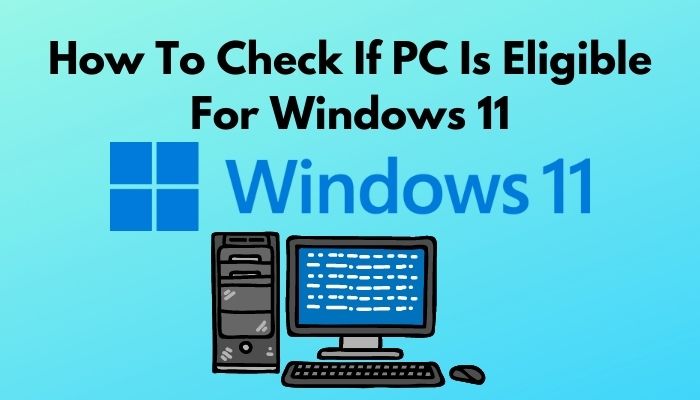
Microsoft took its operating system to a new level when it introduced Windows 11 with it’s modern design aesthetic and introduced a larger collection of apps through the Amazon app store.
However, the addition of those remarkable features also meant higher system requirements. As a result, there are many people with computers that won’t be able to run Windows 11. There is an unofficial method to install it on unsupported PCs but the experience won’t be the best.
I will discuss more this later on in the article so keep an eye out for that.
As a dedicated tech enthusiast and content writer, I spent more than six hours going through more than a dozen blogs and guides to gather every bit of reliable information I could find.
If you are curious to find out what I’ve gathered so far, just grab some refreshments and start reading. While you are at it, I suggest not skipping any part to eliminate any doubts.
How to Check if Your PC is Eligible for Windows 11
The simplest method to check whether your PC is eligible for Windows 11 is to download and install an official application provided by Microsoft named ‘PC Health Check’.
If you are having issues with your Microsoft Store or simply can’t download apps right now, don’t worry, you can install it without that.
If you were wondering about the pricing of Windows 11, it’s completely free to download and install as long as you are already using an activated version of Windows 10. So, the question remains: which PCs will be able to run Windows 11?
Well, if your PC is running a processor that is powered by a sixth or seventh generation Intel processor, you are out of luck because you won’t get the Windows 11 update.
Another important point to consider is that there is no 32 bit system in this world that can run Windows 11, so if you are using 32-bit hardware, it’s time for you to switch to 64-bit. This limitation is not only for Intel users, however.
Windows 11 won’t be compatible with your PC if it has an AMD A-series and FX series or Ryzen 1000 and 2000 processors.
If you are jumping around thinking your PC is eligible for Windows 11 since it doesn’t have any of these processors, think again after checking the minimum requirements below.
So, the superfetch service is using a lot of CPU? Check out how to disable SuperFetch on Windows 11.
Here are the minimum requirements for running Windows 11:
- Processor should be faster than or equal to 1 gigahertz (GHz) and should have at least 2 cores. Moreover, it should be a 64-bit processor.
- RAM should be at least 4GB.
- The PC needs to have a minimum of 64GB storage.
- The System firmware must support UEFI and Secure Boot.
- The PC must support TPM or Trusted Platform Module version 2.0.
- A graphics card needs to be installed with DirectX 12 or higher compatibility and WDDM 2.0 driver.
- The PC should have a display that’s at least 9 inches in size and has a minimum of 720p resolution.
- The PC should also have a reliable internet connection during first setup to connect a Microsoft account.
You are a tech buff if you understood the minimum specifications fully but most people would be hearing some of those terms for the first time. I know this because only two of my friends understood what these meant. The rest were completely clueless.
If you are like them, simply download the PC health check app.
Also, check our exclusive tutorial on how to Fix Blue Screen on Windows 11
Here are the steps to check if your PC is eligible for Windows 11:
- Launch a browser of your choice and visit google.com.
- Search the keyword ‘PC health check windows 11’ and press Enter.
- Click on the result with the title ‘Upgrade to the new windows 11 OS’ from Microsoft.
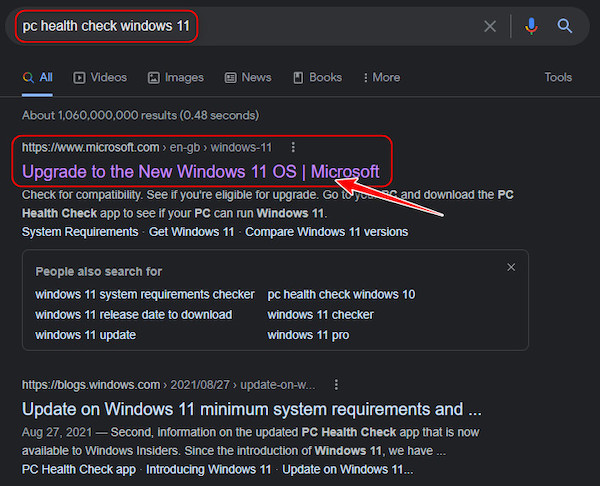
- Scroll all the way to the bottom and click on the ‘Download PC Health Check app’ button to start the download process.
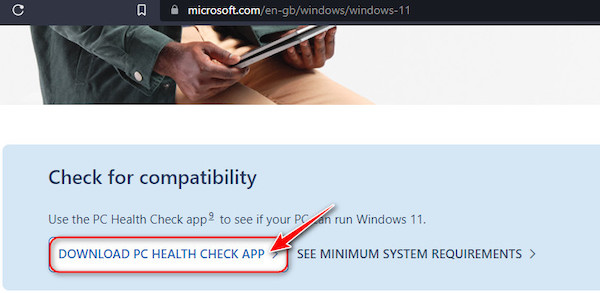
- Once the download has completed, launch the file by double-clicking.
- Click on the checkbox to accept the license agreement after you have finished reading it. Then, click on Install.
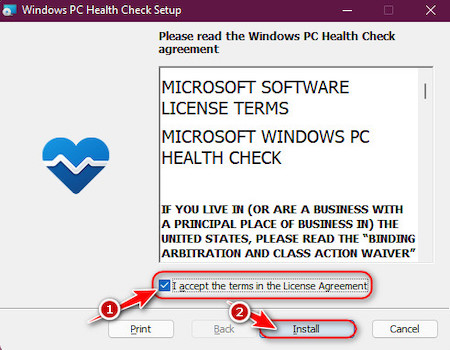
- Once the installation process is completed, check both the boxes that appear and click on Finish.
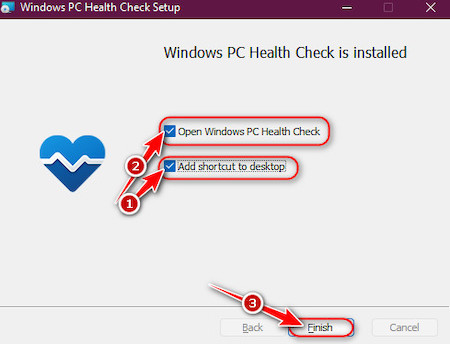
- After the application launches, click on the blue ‘Check Now’ button to check eligibility.
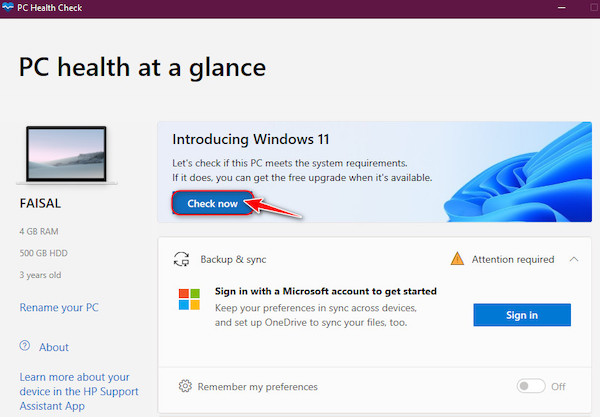
- The program will run diagnostics and you should get a message like this if your PC is compatible. If it’s not, the app will provide the reasons.
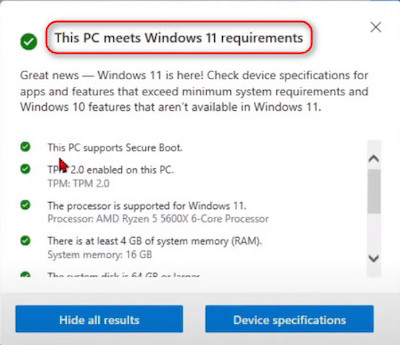
Congratulations are in order if you found out that your PC will be able to run Windows 11 without issues. However, if the app discovered that your PC is incompatible, you can still install Windows 11 with limited features. Keep reading to find out more.
Do check our latest post on the Show Folder Size in Windows 11.
How to Install Windows 11 Even if not Compatible
You can install Windows 11 even if it’s not compatible with your hardware by modifying the official ISO or using an existing modified ISO and creating a bootable USB drive from it. Then, you can install Windows 11 as usual by booting from USB.
It’s a little complicated to modify an ISO so I prefer to use one that’s already configured to install on unsupported PCs.
Quickly check out our latest fix for Bluetooth Toggle Missing On Windows 11.
Here are the steps to install Windows 11 even if it’s not compatible:
- Open any browser and go to the Google homepage.
- Search for Rufus and hit enter.
- Click on the first result from rufus.ie.
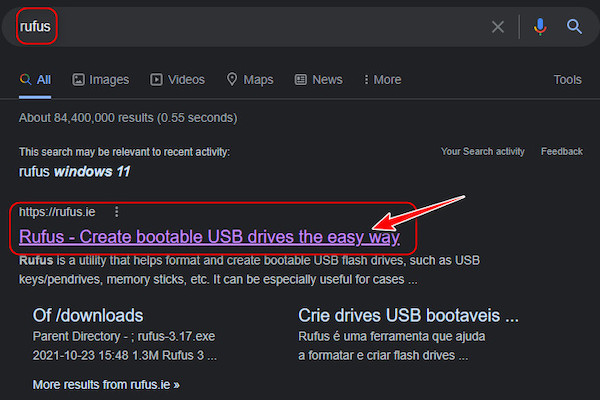
- Scroll to the Download section and click on the latest Rufus version. Note that the version you see might be different from the one in the picture below.
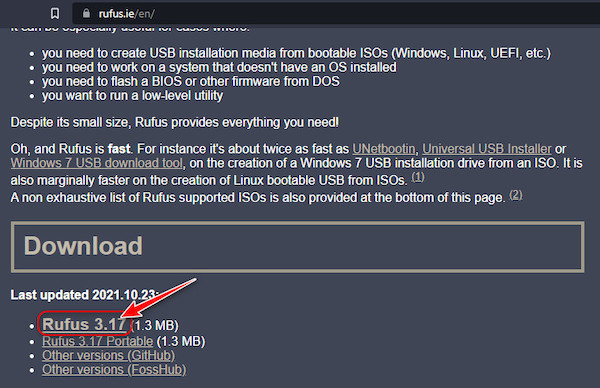
- Go back to the google homepage and search for Windows 11 ISO.
- Click on the first result from Microsoft.
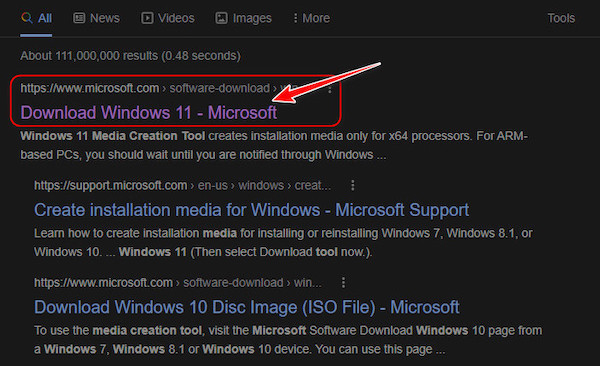
- Scroll to the Windows Disk Image section, expand the Select Download menu, select Windows 11 and click on Download.
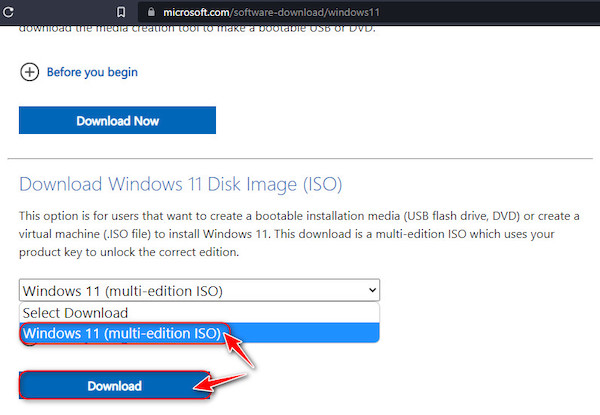
- Once the ISO has finished downloading, launch Rufus from the Downloads folder.
- Click on the drop-down below Device and choose your USB. Then, click on the Select button on the right and choose the ISO you downloaded.
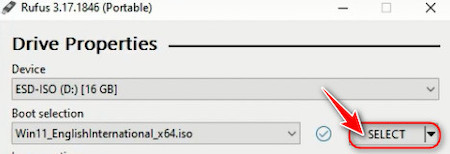
- Next, expand the menu below the Image option and choose Extended Windows 11 installation.
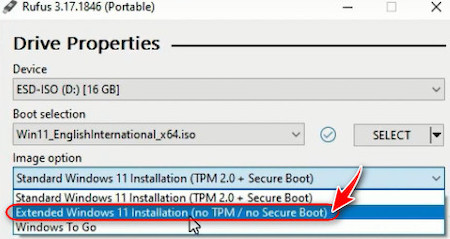
- After that, search for System Information from the Start menu and launch the first result.
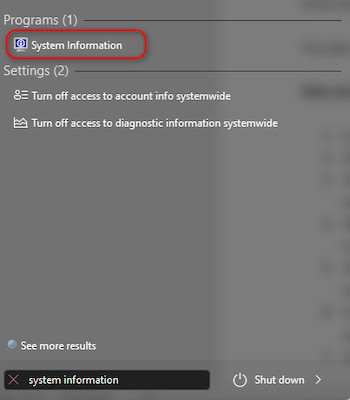
- Note down the Value next to BIOS mode on a piece of paper.
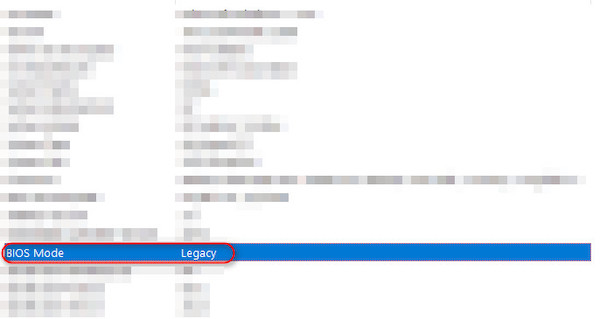
- Switch to the Rufus window and if the BIOS mode is legacy, change the Partition scheme to MBR and the target system will automatically change. If yours isn’t legacy, leave the Partition scheme as GPT and click on Start.
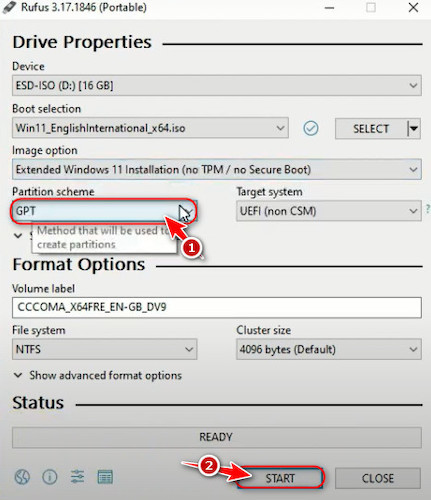
- Once the flashing process completes, simply turn off your PC, plug in the pen drive and turn on the computer. You should boot into the Windows 11 installer. If you don’t see it, you need to increase the USB boot priority in BIOS.
Related guides: Fix: Secure Boot Enabled But Windows 11 Says It’s Not.
FAQ
Do I need Windows 11?
Yes, you need Windows 11. If you feel that you don’t need any of the new features that Microsoft introduced with Windows 11, you still need to upgrade for better security and because at some point, it will be a requirement to have Windows 11 installed.
Should I delete PC health check?
No, you shouldn’t delete PC health check since it provides tons of information about your system. In addition, it’s not a third-party app so there is no risk of spyware or viruses. However, if you really want to delete it, you can do so from the Control Panel or settings.
Final Thoughts
Microsoft has set a pretty high bar for hardware requirements when it comes to installing Windows 11 but there’s no reason for you to upgrade your hardware if you can’t afford it or don’t want to.
Thanks to the workaround I discussed, you can install Windows 11 on a laptop that’s more than three years old. Do let me know how helpful this article was to you in the comments below.

